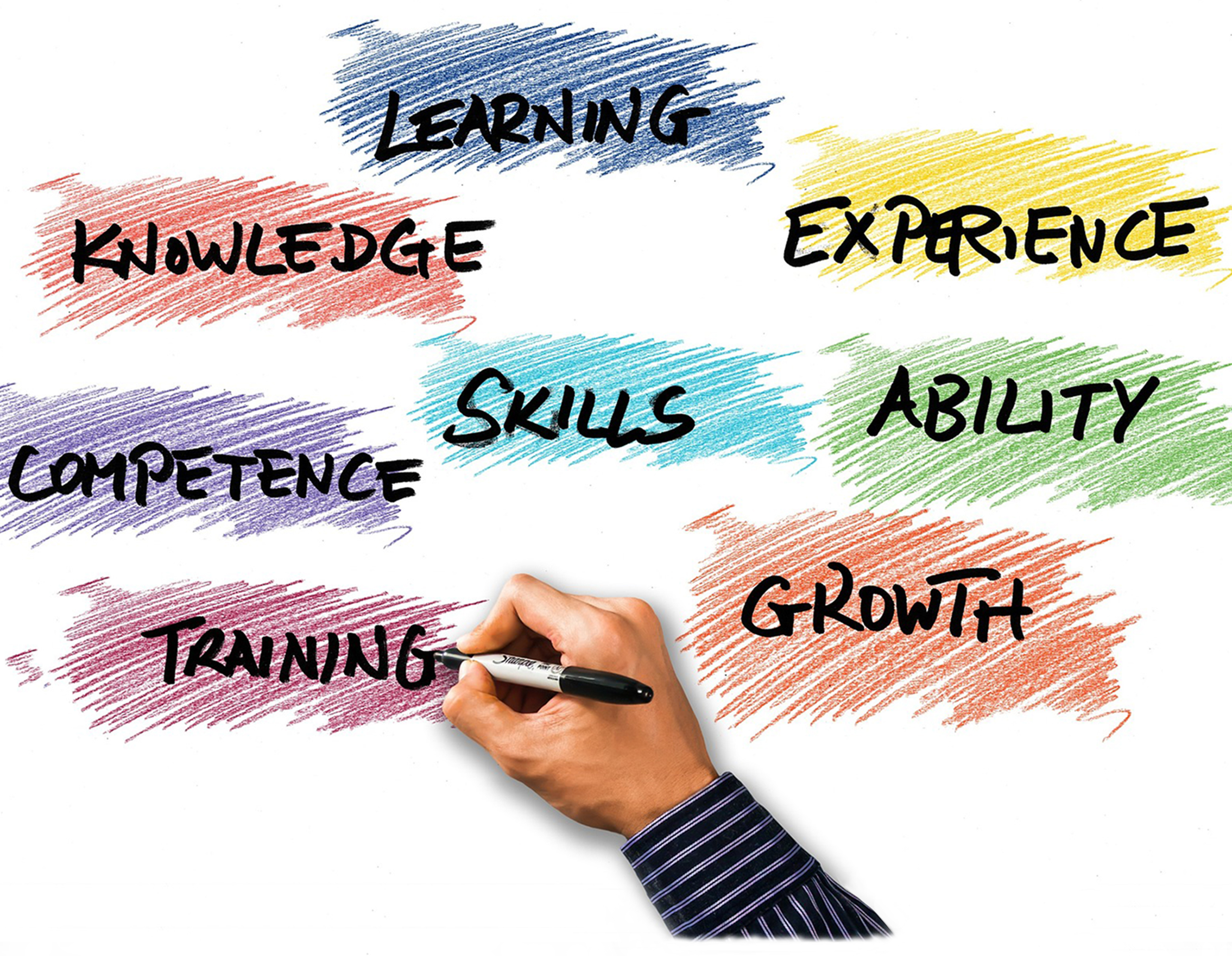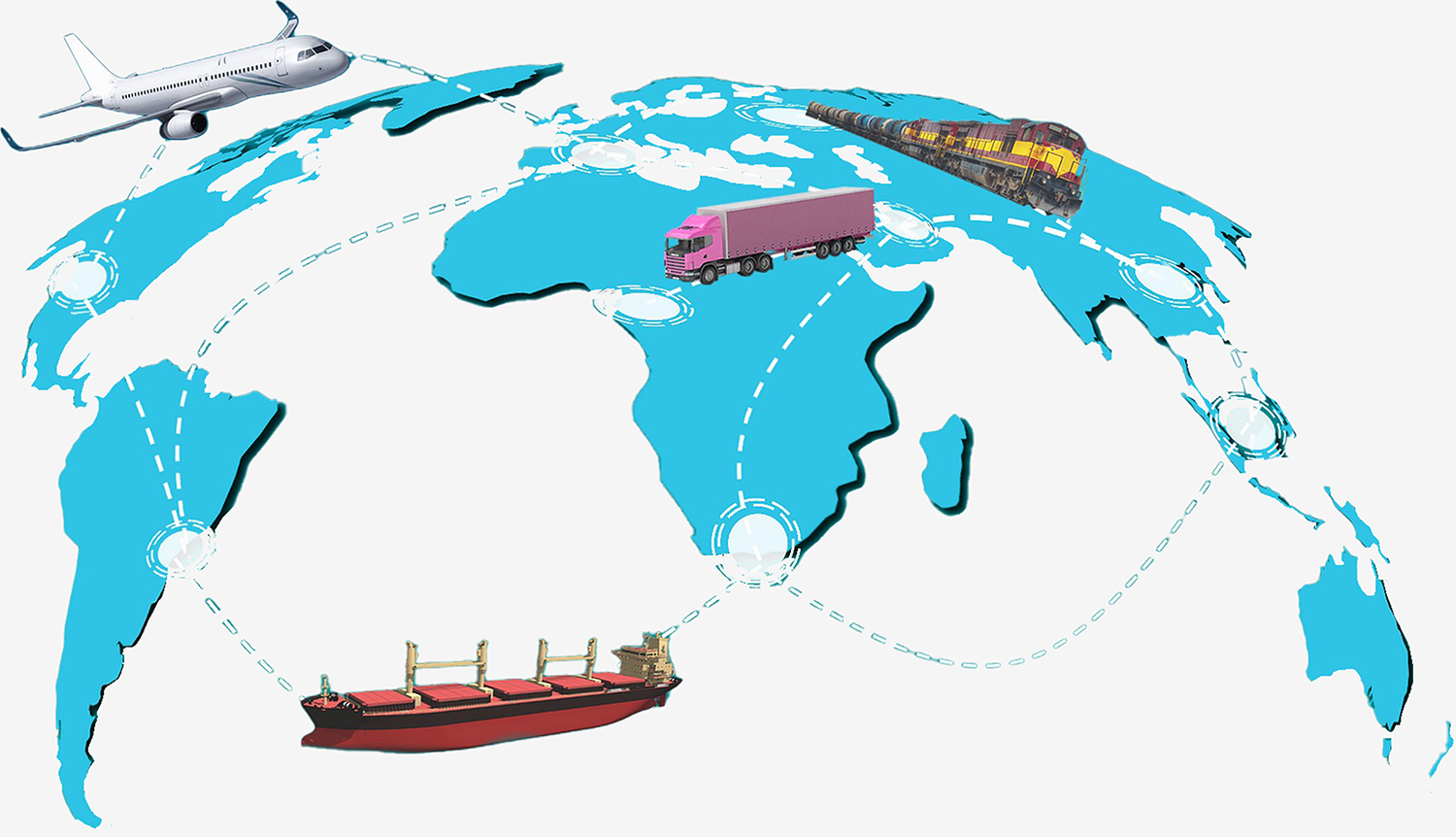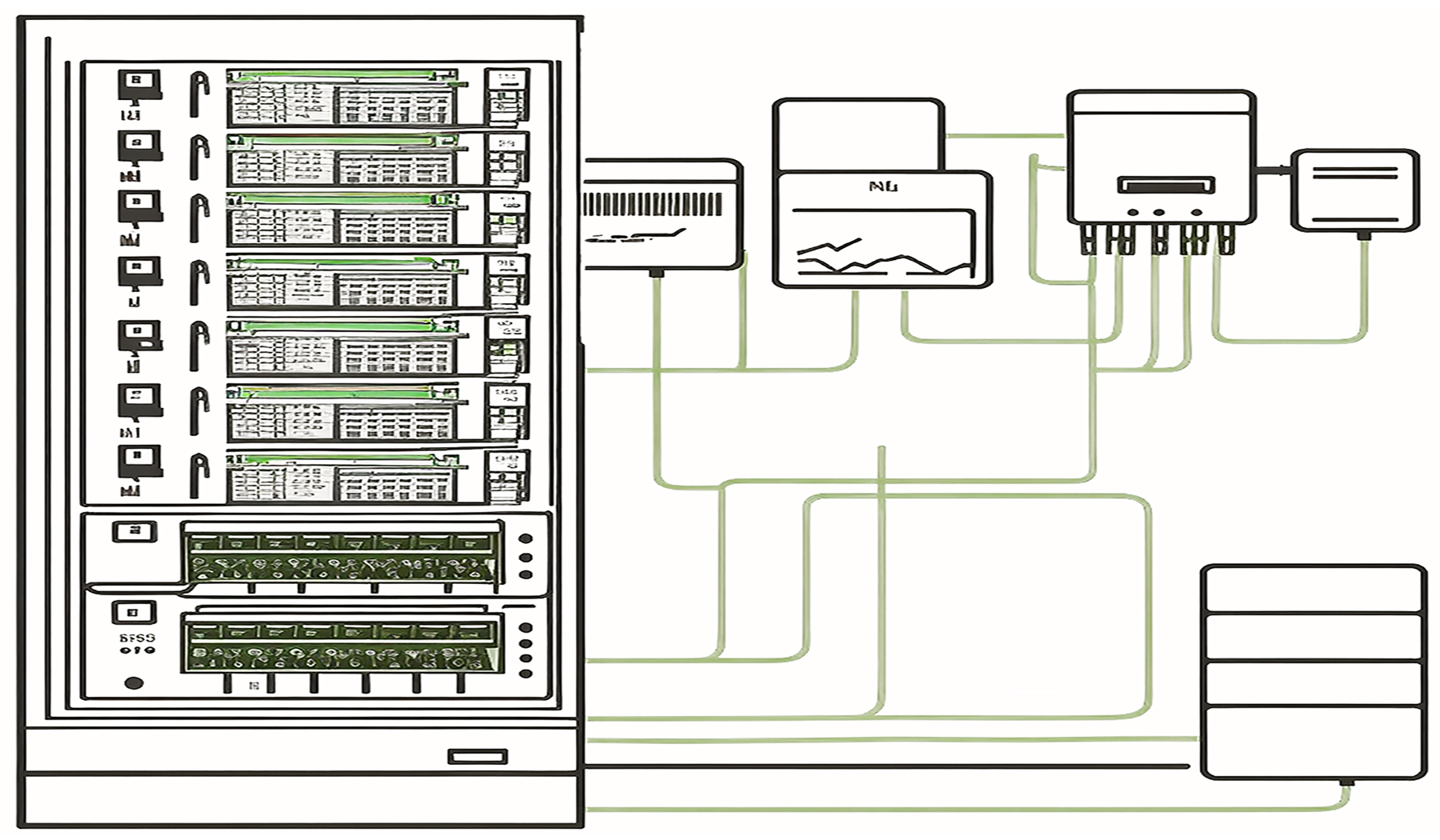
Our Viewpoint
We believe that operations diligence plays as critical a role in understanding risk and prospective outcomes as does financial diligence. As financial diligence level sets historical financial performance operations diligence level sets the current state of the organization and its capabilities to meet the performance expectations necessary to achieve target deal outcomes.
In driving operational diligence, we assist the acquiring company in identifying potential risks and issues. These commonly span financial, legal, or regulatory risks; people, process or asset specific risks; market, customer or quality risks; and lastly, hardware, software or data management system risks. All of this information puts the buyer is a position to thoroughly evaluate the prospects and needs of the company being sold.
Moreover, operational diligence leads to identifying prospective synergies and cost savings. In examining a targets company’s cost structure, providing a future state analysis and identifying business requirements, we can provide a road map leading to areas of consolidation and optimization. From this road map a realistic timeline and budget can also be developed. Throughout the diligence process, as we evaluate the selling organization, we pay close attention to the degree or lack thereof, of alignment with the acquiring company’s cultures and values. We find that this knowledge leads to smoother transitions and reduces employee turnover.
Operations diligence is essential in mitigating risks, maximizing success, and securing the future. In addressing the areas of enterprise architecture, IT due diligence, risk management, cost savings analysis, future state analysis, business requirements identification, cultural fit, and revenue enhancement clients are able to make better informed decisions and when they choose to move ahead, achieve their strategic objectives.
In driving operational diligence, we assist the acquiring company in identifying potential risks and issues. These commonly span financial, legal, or regulatory risks; people, process or asset specific risks; market, customer or quality risks; and lastly, hardware, software or data management system risks. All of this information puts the buyer is a position to thoroughly evaluate the prospects and needs of the company being sold.
Moreover, operational diligence leads to identifying prospective synergies and cost savings. In examining a targets company’s cost structure, providing a future state analysis and identifying business requirements, we can provide a road map leading to areas of consolidation and optimization. From this road map a realistic timeline and budget can also be developed. Throughout the diligence process, as we evaluate the selling organization, we pay close attention to the degree or lack thereof, of alignment with the acquiring company’s cultures and values. We find that this knowledge leads to smoother transitions and reduces employee turnover.
Operations diligence is essential in mitigating risks, maximizing success, and securing the future. In addressing the areas of enterprise architecture, IT due diligence, risk management, cost savings analysis, future state analysis, business requirements identification, cultural fit, and revenue enhancement clients are able to make better informed decisions and when they choose to move ahead, achieve their strategic objectives.
M&A Diligence
Mitigate risk, maximize success
Gain the knowledge and insight necessary to ensure the success of your transaction and secure the future.
| Operational Due Diligence | Enterprise Architecture |
| IT Due Diligence | Risk Management |
| Future State Analysis | Cost Savings Analysis |
| Business Requirements ID | Synergy Identification |
| Gap Analysis | Functional Consolidation |
| Culture Fit | Revenue Enhancement |





